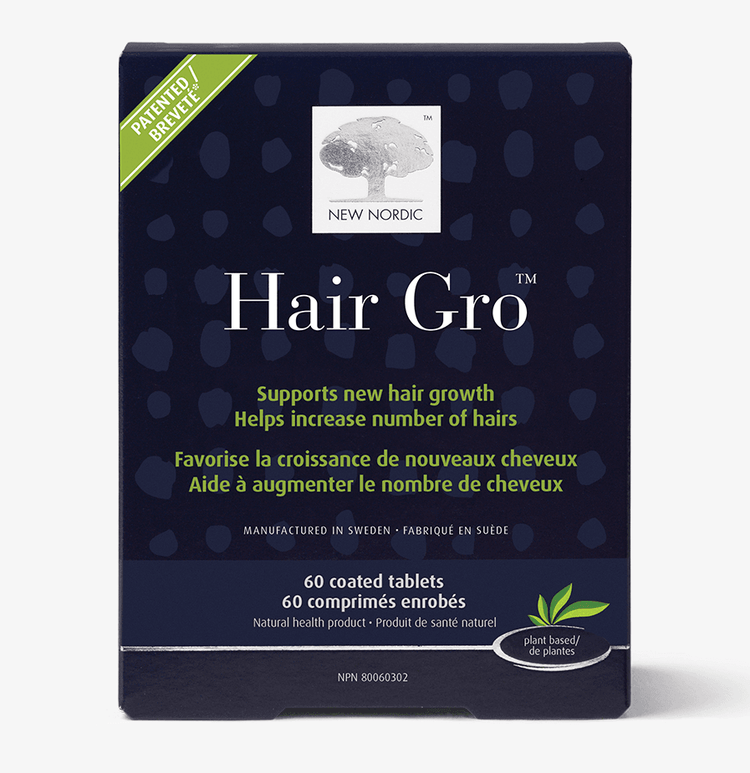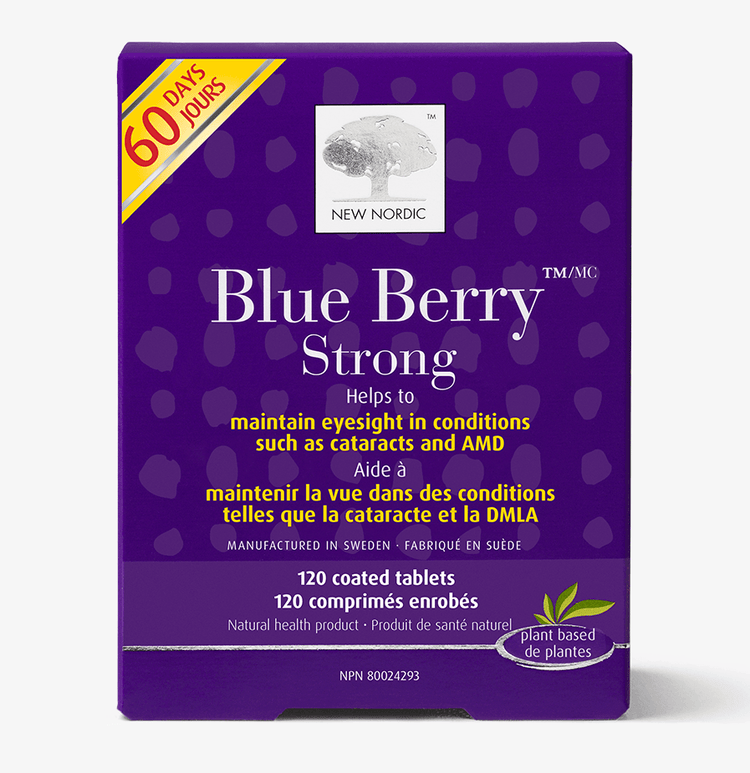Eye problems are common issues that can develop at any age and can be caused by various factors such as genes, lifestyle, and environmental aspects. Eye issues can range from simple problems like dry eyes and eye strain to more severe diseases like glaucoma and cataracts. The good news is that you can decrease the risk of many eye problems by focusing on eye health.
Types of Common Eye Problems
-
Nearsightedness (Myopia)
Nearsightedness, or myopia, is a common eye problem that affects many people. It happens when the eyeball is too long or the cornea is too curved, which causes distant objects to appear blurry. It often develops in childhood.
Wearing glasses, contact lenses of surgical laser procedures can help correct vision. To prevent myopia from getting worse, it can also help to spend more time outside and train your eye to focus on objects in the distance.
-
Farsightedness (Hyperopia)
Farsightedness, or hyperopia, is when the eyeball is too short, which results in close-up objects appearing blurry. It can also causes eye strain, headaches and difficulty focusing on near objects. It can happen at any age and may worsen with age. It can be corrected by wearing glasses, contact lenes or by laser surgery. To prevent farsightedness, it can help to rest eyes regularly an to eat a healthy diet with plenty of fruits and vegetables, rich in vitamins A, C, and E and lutein.
-
Astigmatism
Astigmatism occurs when the cornea has an uneven shape, causing blurry or distorted vision at any distance. It can be corrected using glasses, contact lenses, or refractive surgery.
-
Presbyopia
Presbyopia is an age-related eye problem that affects people over the age of 40. It occurs when the lens of the eye becomes less elastic and flexible, making it challenging to read small print and focus on near objects. This is often fixed with reading glasses, bifocals, trifocals or progressive lenses. To help prevent presbyopia, wear protective eye glasses to prevent eye injury, eat a healthy diet rich in fruit and vegetables, use good lighting when reading, keep chronic health conditions in check and get regular eye exams.
-
Cataracts
Cataracts occur when the natural lens in the eye becomes cloudy, leading to vision loss. It’s most commonly caused by ageing but can also be caused by other factors such as excessive sunlight exposure. Cataracts can be treated with surgery to replace the cloudy lens with an artificial one. To prevent cataracts, wear sunglasses, reduce alcohol and stop smoking, get regular eye exams and eat a healthy diet rich in fruit and vegetables.
-
Glaucoma
Glaucoma is a severe eye condition that can cause vision loss if left untreated. It’s caused by increasing pressure (from fluid build-up) in the eye that damages to the optic nerve, which transmits visual information from the eye to the brain. Glaucoma can be managed with eye drops, laser treatment, or surgery. To prevent glaucoma it helps to maintain a healthy weight, control your blood pressure and other chronic conditions, stay physically active and stop smoking.
-
Age-related Macular Degeneration (AMD)
AMD is an eye condition can affects people over the age of 50. It happens when the macula, the part of the retina responsible for sharp and detailed central vision, becomes damaged. AMD is quite common and is the leading cause of vision loss in elderly people and unfortunately there is no treatment for the most common (dry form) of AMD. However, the progression of the dry from of AMD can be managed with lifestyle changes. This means eating eye healthy foods, such as dark leafy greens, yellow fruits, vegetables, fish and a balanced nutrient-rich diet. Especially nutrients with anti-oxidant action like vitamin C, vitamin E, lutein and zeaxanthin but also zinc and copper minerals can be beneficial for people with AMD. The more rare but more serious wet form of AMD can be treated with medication and laser surgery.
-
Diabetic Retinopathy
Diabetic retinopathy occurs in people with diabetes when high blood sugar levels damage the blood vessels in the retina, leading to vision loss. It can be prevented or managed with regular eye exams, proper blood sugar control, and timely intervention.
Lifestyle Changes to Reduce the Risk of Common Eye Problems
Many eye problems can be avoided or managed with lifestyle changes. Here are some tips:
- Eat a healthy diet rich in antioxidants, vitamins, and minerals.
- Quit smoking as it increases the risk of developing eye problems.
- Wear protective eyewear when working with hazardous materials.
- Take regular breaks when using a screen, reading or doing close-up work.
- Regular eye exams including glaucoma testing can detect eye problems early.
It's important to take care of your eyes to avoid or manage common eye problems. As we age, our eyes may lose their ability to see clearly. Blue Berry Strong from New Nordic is a product that can help maintain eyesight conditions of age-related macular degeneration and cataracts. It is the No.1 selling natural eye formula in Scandinavia that contains lutein from Marigold flowers and deep purple-coloured Scandinavian blueberries, called bilberries. By incorporating Blue Berry Strong into your diet, you provide your eyes with the benefits of optical pigments from lutein and bilberry to help maintain their health and vitality.











